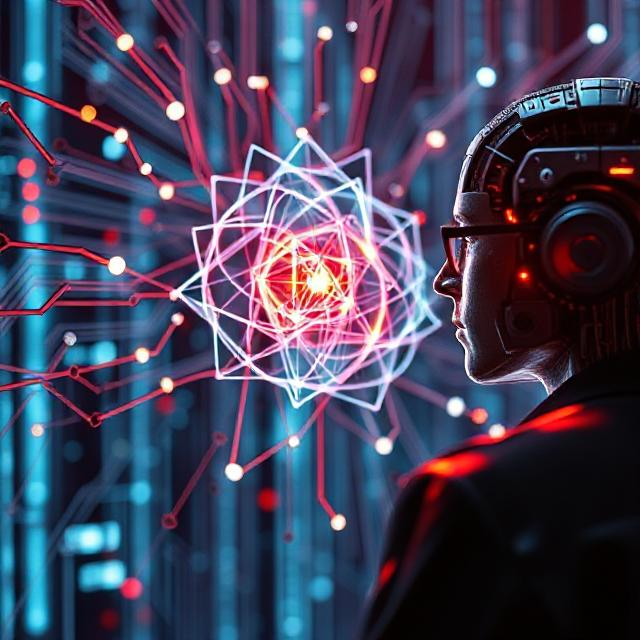Unraveling the Mysteries of Quantum Computing with DailyTechDrip
Quantum computing is poised to revolutionize the world of technology, offering computational power far beyond the capabilities of classical computers. As scientists and engineers continue to explore this groundbreaking field, we stand on the brink of a new era in computing. But what exactly is quantum computing, and how did we get here? Let’s embark on a journey through the evolution, principles, and potential of this fascinating technology.

The Birth of Quantum Computing
The concept of quantum computing emerged from the fundamental principles of quantum mechanics—a field of physics that describes the strange behaviors of particles at atomic and subatomic levels. In the 1980s, physicist Richard Feynman proposed that quantum systems could be harnessed for computational purposes, laying the foundation for what would become quantum computing.

How Quantum Computing Works
Unlike classical computers, which use bits (0s and 1s) to process information, quantum computers rely on quantum bits or qubits. Qubits leverage two key quantum properties:
- Superposition – A qubit can exist in multiple states simultaneously, meaning it can be both 0 and 1 at the same time, vastly increasing computational possibilities.
- Entanglement – Qubits can become entangled, meaning the state of one qubit is directly related to the state of another, allowing for highly efficient parallel processing.
These principles enable quantum computers to solve complex problems exponentially faster than traditional computers.

Milestones in Quantum Computing
Over the past few decades, quantum computing has progressed from theoretical concepts to experimental breakthroughs. Some key milestones include:
- 1994 – Peter Shor developed Shor’s algorithm, which demonstrated that quantum computers could break classical encryption systems.
- 2001 – IBM successfully implemented Shor’s algorithm on a small-scale quantum computer.
- 2019 – Google claimed to achieve quantum supremacy, meaning its quantum computer performed a calculation faster than the world’s most powerful classical supercomputer.
- Present Day – Companies like IBM, Google, and startups like Rigetti Computing are advancing quantum hardware and software to bring practical quantum computing closer to reality.
Applications of Quantum Computing
As quantum technology continues to evolve, it has the potential to revolutionize various industries:
- Cryptography – Quantum computers could break traditional encryption methods but also pave the way for quantum-secure cryptographic techniques.
- Drug Discovery – Quantum simulations could accelerate the development of new drugs by accurately modeling molecular interactions.
- Optimization Problems – Industries such as logistics, finance, and artificial intelligence could benefit from quantum algorithms that solve complex optimization challenges efficiently.
- Climate Modeling – Quantum computers could improve climate predictions by simulating atmospheric conditions with unprecedented precision.
Challenges and the Road Ahead
Despite its immense potential, quantum computing faces several challenges:
- Error Rates – Qubits are highly sensitive to environmental disturbances, leading to computational errors.
- Scalability – Building large-scale quantum computers requires advanced materials and cooling systems to maintain quantum states.
- Software Development – Quantum programming is still in its infancy, and developing algorithms that fully utilize quantum power remains a challenge.
The Future of Quantum Computing
As researchers continue to make advancements, quantum computing is gradually shifting from a theoretical marvel to a practical tool. Governments, tech giants, and academic institutions are investing heavily in quantum research, bringing us closer to a future where quantum computers become a mainstream reality.
The quantum computing journey is far from over, and its impact on science, technology, and society will be profound. As we push the boundaries of what is possible, we inch closer to unlocking a new computational era—one that could redefine our world in unimaginable ways.
